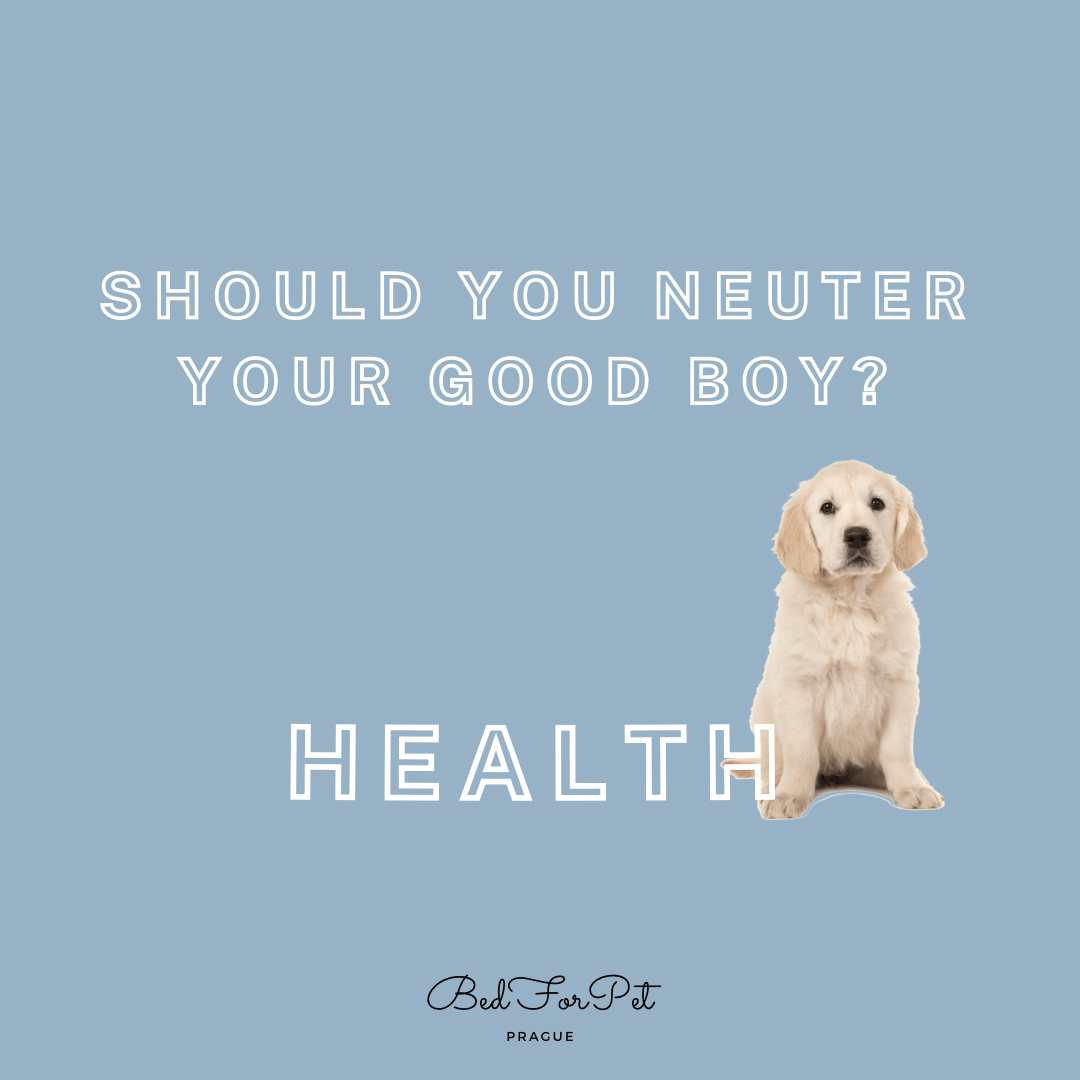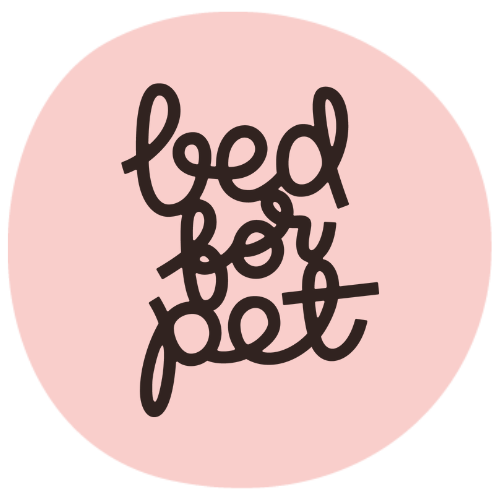Dog neutering helps to:
- Control he population growth of dogs
- Eliminate or decrease the chance of a dog developing certain types of diseases
- Lessen the chance of some behavioral issues
Pros
- Reduces his desire to “mark” his territory
- Reduce aggression and dominant behavior, since neutering your dog involves removing the main source of testosterone, it can help mellow out your male dog.
- Sterilized dogs tend to be more affectionate and gentle than those that haven't been “fixed.”
- Helps in protecting your male from non-neutered male dogs seeing him as a rival.
- Reduce sexual desires, so they are calmer and stay closer to home
- Better prostate health
- Improves a dog's testicular health
- Control of breeding
Cons
- Doubles the chance of hip dysplasia
- Increases joint disorders in dogs by 4 times
- Triples the risk of several joint problems in GSDs
- Decreases longevity in Rottweilers
- May increase the chances of certain types of cancer in dogs (ref. 3)
- A male dog's endocrine system starts to function differently, and hormonal levels are affected, resulting in lower thyroid levels, resulting in very rapid weight gain and potentially dog obesity.
- Risk of developing a canine version of dementia, which is actually called geriatric cognitive impairment. (Dogs with dementia will usually start interacting differently with humans and completely forget all the obedience training they've gone through. It's similar to human dementia).
- 1 in 5 dogs may have further health complications after surgery under general anesthesia.
Proper age of sterilization
The recommended age to neuter a male dog is between six and nine months. However, some pet owners have this procedure done in four months. Smaller dogs reach puberty sooner and can often have the procedure done sooner. Larger breeds may need to wait longer in order to properly develop.

Prepare your dog before the sterilization process
The night before the procedure
- Give your pet their food around 8 pm, NOT after 9 pm
- Water may be left dow overnight, but should be removed first thing in the morning
The morning of the procedure
- Do not feed him with food in the morning. This is to reduce the possibility of vomiting whilst under anesthetic.
- Take your dog out on a lead to give them the opportunity to go to the toilet.
- Make sure they are clean and dry prior to admission. This can help prevent wound infections.
Recovery time
If there are no complications or other health issues, male dogs can usually go home on the same day of the procedure. The veterinarian will discuss with you any pain medication and aftercare for your dog.
It’s usually recommended that you restrict his activity for a few days while the incision heals. Also, the clinic may send your dog home with a protective collar to help keep him from licking the incision. As with many surgeries, your veterinarian might have you return for a follow-up visit to see how the incision is healing and to remove the stitches.
It’s usually recommended that you restrict his activity for a few days while the incision heals. Also, the clinic may send your dog home with a protective collar to help keep him from licking the incision. As with many surgeries, your veterinarian might have you return for a follow-up visit to see how the incision is healing and to remove the stitches.
References
- De Cramer.K.,May.K.,(2015). Practices in Dogs and Cat and Impact on the Individual. A Review of Sterilisation. Animal Issue 02, 11-19.
- Johnson, J. (2022). Dog Neutering or Spaying A Dog: Pros and Cons (Backed by Science). Retrieved from: https://topdogtips.com/pros-and-cons-of-spaying-your-dog/
- Sian Tranter MA VetMB CertAVP MRCVS. Does neutering dogs cause cancer? https://vethelpdirect.com/vetblog/2020/10/10/does-neutering-dogs-cause-cancer https://www.cpdsolutions.co.za/Publications/article_uploads/Vet360_CPD_2015.pdf
- Paddock, A. (2018). Spaying and Neutering Your Puppy or Adult Dog: Questions and Answers. Retrieved from: https://www.akc.org/expert-advice/health/spaying-and-neutering-your-dog-faqs

